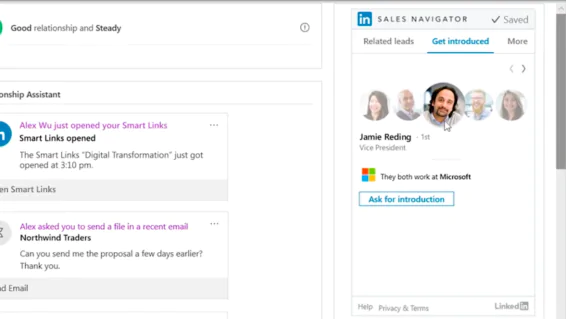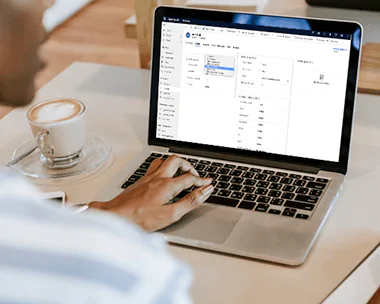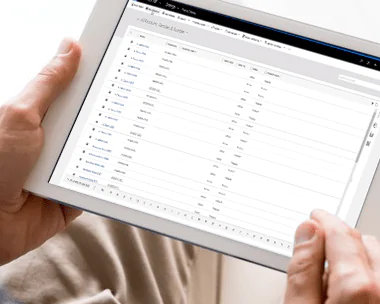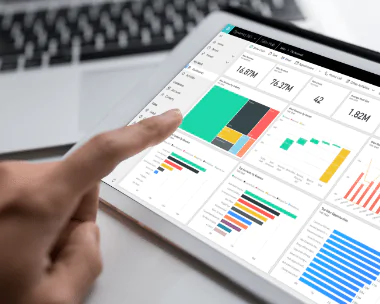Frequently Asked Questions
Do you have some doubts? Here are the answers to the FAQ to help you understand more about Dynamics 365 Sales.
Can I integrate Dynamics 365 Sales and Dynamics 365 Marketing?
Yes, connecting Dynamics 365 Marketing and Dynamics 365 Sales is possible. Both are part of the Dynamics 365 suite of business applications, and they are designed to work seamlessly together to help organizations manage customer relationships and sales processes.
You must have both solutions set up and configured in your business. After that, you can connect them by following these steps:
- Go to the Dynamics 365 Sales app and then the “Connections” tab in the main menu.
- Click on “New” to create a new integration.
- Select “Dynamics 365 Marketing” from the list of available connection types.
- Follow the prompts to configure the connection and authorize your Dynamics 365 Marketing data access.
Once you have connected the two solutions, you can access and use data from Dynamics 365 Marketing within Dynamics 365 Sales and vice versa. This allows a more complete view of your customer interactions and sales processes while making managing and tracking your customer relationships easier.
Does Dynamics 365 use artificial intelligence (AI) in its processes?
Yes, Dynamics 365 does use artificial intelligence (AI) in its processes, for example:
- Predictive analytics: Dynamics 365 offers different predictive analytics features that use machine learning algorithms to analyze data and make predictions about future outcomes. For instance, you can use predictive analytics to forecast sales trends or identify potential loss of customers.
- Customer service chatbots: With a chatbot feature that uses natural language processing (NLP), you enable customers to have seamless conversations with a virtual assistant to get answers, support, or resolve issues.
- Automated workflows: This workflow automation feature uses AI to automate repetitive tasks and processes, saving time for employees to focus on what’s more important.
- Personalization: The personalization feature also uses AI to tailor the customer experience based on individual preferences and behaviors.
How does the Dynamics 365 sales pipeline work?
The sales pipeline in Dynamics 365 is a visual representation of the numerous sales process stages, from lead generation to closing the sale, to track the sales opportunities progress and manage the sales process more efficiently by working in the following way:
- Leads: First, the stage begins with lead generation, where potential customers are identified and contacted. Leads can arrive from different sources, such as marketing campaigns, subscriptions, web inquiries, or referrals.
- Qualification: Second, once the lead is generated, it is commonly qualified to decide if it is a viable sales opportunity. It could require reviewing the lead’s profile, examining their needs and budget, and discussing their fit with your services or products.
- Proposal: Third, having a qualified lead for a sales opportunity, a proposal is normally created and presented to them. The proposal may include details about the offered product or service, pricing, and other relevant information.
- Negotiation: Fourth, when the lead is interested in the proposal, negotiations start to conclude the terms of the sale. This stage may include discussing pricing, delivery, and other information that must be agreed upon.
- Closing: Finally, when the negotiation is successful, the sale is typically closed, and the lead is transformed into a customer. The customer is generally added to the customer database and may receive follow-up communication, newsletter, or support.



























